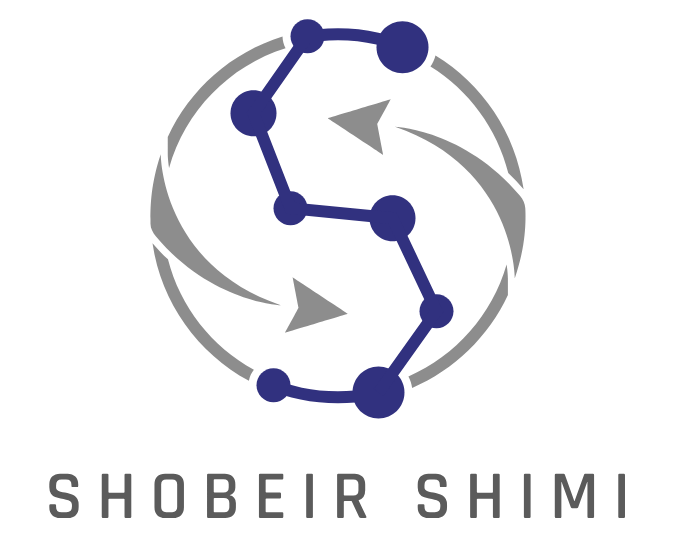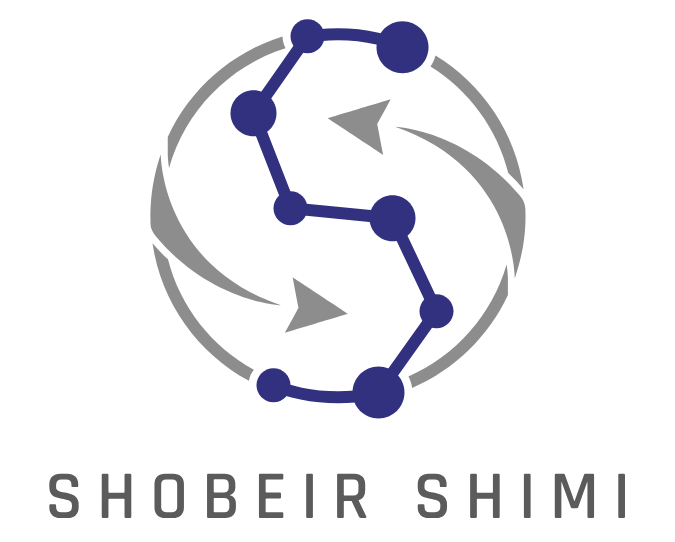Polyvinyl Chloride (PVC) is a general-purpose synthetic polymer, industrially referred to as vinyl. In answering the question, “What is polyvinyl chloride?” we define polyvinyl chloride as an industrial thermoplastic that results from the polymerization of the vinyl chloride monomer (VCM) is critical. Chemically, PVC is made up of a repeating unit with the formula –[CH₂–CHCl]–, a carbon-to-carbon backbone with alternating chlorine and hydrogen atoms bonded to the polymer chain. Replacing these chlorine atoms creates the distinctive properties of the polyvinyl chloride material, such as being flame retarding, chemically resistant, and durable.
The structure of Polyvinyl Chloride allows for a variety of mechanical properties, depending on whether the material is cast in rigid or flexible form. Rigid PVC (RPVC or UPVC – unplasticized polyvinyl chloride) is hard and brittle, and has high structural stability, and therefore is appropriate for construction use, such as polyvinyl chloride piping systems, window frames, and exterior siding. Flexible PVC, however, is produced by incorporating plasticizers (e.g., phthalates), which are reducing agents for the glass transition temperature and cause increased elasticity; thus, it is employed in electrical cable insulation and medical tubing.
PVC GRADE LIST
History of PVC
The development of Polyvinyl Chloride has involved many landmarks in polymer science and industrial chemistry. To gain a sense of what is pvc from a technological history, one must go back to 1872, when Eugen Baumann first synthesized polyvinyl chloride by photochemical polymerization of vinyl chloride. But the chemical was more of a laboratory oddity during most of the early 20th century. In the 1910s and 1920s, Ivan Ostromislensky and Fritz Klatte both made progress in discovering feasible methods for polymerizing vinyl chloride. But polyvinyl chloride (pvc) was still commercially insignificant due to its processing limitations; it was heat-unstable and brittle. All that changed in 1926, when Waldo Semon at BFGoodrich developed the use of plasticizers to make polyvinyl chloride a workable and soft material. That innovation transformed polyvinyl chloride material from a rigid laboratory compound to a usable industrial polymer.
World War II significantly accelerated the use of Polyvinyl Chloride, particularly for armed forces. It was a suitable substitute for rubber as a material for electrical insulation, particularly in wire, due to its better dielectric values and chemical resistance. The demand continued to grow post-war when polyvinyl chloride pipe began to displace obsolete materials such as metal and clay for water supply and sewerage. During the 1950s and 1960s, greater industrial application of PVC Pipe and other construction materials necessitated standardized formulation and test procedures. As a result, organizations like ASTM International developed materials specifications and performance characteristics that continue to represent the foundation of polyvinyl chloride structure parts manufacturing and certification to this day.
Key Characteristics and Properties of PVC
- Durability and Longevity: One of the most significant characteristics of pvc is that it is very durable. The pvc material properties include high resistance to physical properties of pvc and chemical degradation, which enables it to withstand long exposure to corrosive atmospheres, UV radiation, and weathering with negligible loss of performance or structural integrity.
- Corrosion Resistance: The Polyvinyl Chloride’s chemical nature provides it with substantial resistance against most chemicals, such as acids, bases, salts, and oxidants. It receives a significant portion of the resistance based on the large chlorine content (approximately 57%) in the polymer backbone, stabilizing the material against chemical attack.
- Cost-Effectiveness: From an economic aspect, pvc plastic properties offer a low-cost alternative to metals and other polymers, supported by access to ready raw material availability and mass-produced processes. Cost-effectiveness comes without loss of performance, and this makes polyvinyl chloride suitable for uses such as construction, medical applications, and consumer products.
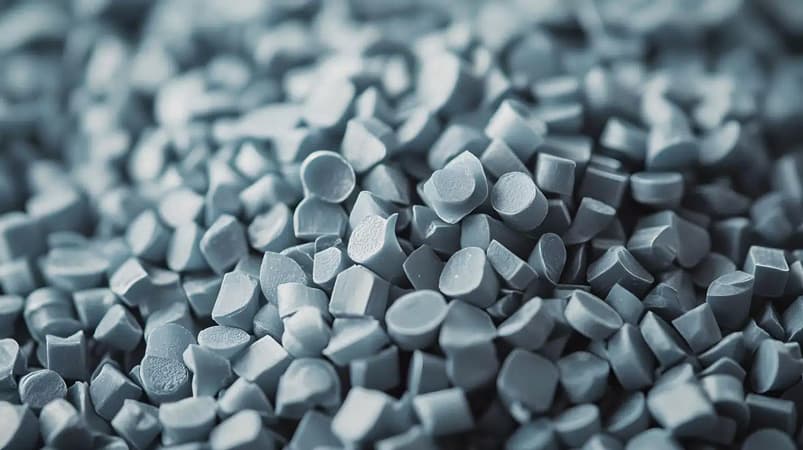
- Ease of Installation and Handling: Due to its low weight, the physical characteristics of pvc render it light and easy to transport, cut, and set up. This facilitates fast installation, especially in electrical conduit and piping systems.
- Mechanical Properties: Polyvinyl Chloride possesses an even mechanical performance with a moderate tensile strength and superb abrasion resistance. Its flexibility allows for engineering of various ranges of stiffness, ranging from rigid (unplasticized polyvinyl chloride) to very flexible varieties by the use of plasticizers, tailoring pvc material properties to precise functional requirements.
- Thermal Properties: The inherent polyvinyl chloride melting point is around 160-210°C; however, due to poor inherent heat stability, commercial products rely on heat stabilizers for maintaining performance. The glass transition temperature of polyvinyl chloride (~80°C) is the temperature at which there is a transition from brittle to rubbery states, and the useful upper operating temperature limit for it is around 60°C (140°F).
- Flame Retardancy: A very important characteristic of Polyvinyl Chloride plastic is that it is naturally flame resistant due to chlorine atoms in its polymer chain. It reduces flammability and restricts the spread of fire, hence being safer in construction materials.
- Water Resistance & Permeability: The hydrophobicity of Polyvinyl Chloride results in high resistance against water entry and low water permeability. Plasticized polyvinyl chloride films exhibit additional abrasion resistance and maintain barrier properties, and they are extremely appropriate for application in packaging and protective coatings.
- Electrical Insulation: The pvc properties also include good dielectric properties, providing high electrical insulation. For this reason, it is predominantly used as an electrical cable and wire insulation.
- Coloring and Identification: Polyvinyl Chloride can be compounded with additives and pigments quite easily, allowing any color to be achieved. Such flexibility makes application-specific identification and branding easy.
- Smooth Inner Surfaces: Transportation of fluids is made easy in PVC Pipes by the smooth inner walls that reduce the resistance to flow and enable pressure to be sustained economically, which is vital in irrigation and plumbing applications.
- Non-Allergenic and Cleanliness: The fact that Polyvinyl Chloride is free from latex proteins makes it safe for use by latex-allergic individuals. Additionally, its impermeability to microbial growth and sterilizability make it highly suitable for application in medical devices and food-contact items where cleanliness is of prime importance.
Production and Composition of PVC
The production of Polyvinyl Chloride relies on the availability of basic raw materials and precise polymerization processes that define its eventual polyvinyl chloride material characteristics.
Raw Materials
The production of polyvinyl chloride begins from natural gas as ethylene raw material and rock salt (sodium chloride) to obtain chlorine. These feedstocks are inexpensive and in sufficient quantity, making the massive production of polyvinyl chloride desirable.
Manufacturing Process (Polymerization)
The parent process is a chemical reaction between ethylene and chlorine to produce vinyl chloride monomer (VCM) as the parent molecule of polyvinyl chloride. VCM molecules are polymerized to form chains, which give rise to the polyvinyl chloride polymer. Monomers are turned into a desired molecular weight and properties of thermoplastic powder through this process.
Methods of Polymerization: The three main polymerization techniques are:
- Suspension polymerization: Most used (~80%) with excellent control over particle size in the final polyvinyl chloride.
- Emulsion polymerization: (~12%) for special grades with fine particle structure.
- Bulk polymerization: (~8%) with high-purity polyvinyl chloride with minimal particle control.
Microstructure
PVC polymer chains are linear with chlorine atoms attached to every other carbon atom, which gives polyvinyl chloride unique chemical and physical polyvinyl chloride properties. Stereochemistry is largely atactic with random side group arrangement, with a little syndiotacticity being feasible. The high chlorine content (around 57%) has a major influence on pvc chemical properties like flame resistance and chemical resistance.
Major Producers
The PVC industry is global, with leading producers like Shin-Etsu Chemical (Japan) dominating the industry, thus ensuring consistent supply and R&D work to be done on its formulations.
Types of PVC
1. Rigid PVC (uPVC or RPVC):
These are unplasticized types of polyvinyl chloride and are characterized by high mechanical strength, chemical resistance, and toughness. Rigid polyvinyl chloride is used extensively in structural applications such as PVC Pipes for water mains, sewage pipe systems, and window frames due to its high stiffness and weather resistance. Low price and compliance with ASTM standards render it the most applied form of polyvinyl chloride in construction.
2. Flexible PVC (Plasticized PVC):
Since plasticizers were introduced, the polymer is rendered more flexible and elastic. This flexibility takes PVC applications into the range that requires pliability, such as medical tubing, cable insulation, and flexible packaging film. Although less mechanically strong than rigid, flexible polyvinyl chloride has improved impact resistance and processability.
3. Chlorinated Polyvinyl Chloride (CPVC):
CPVC is produced by chlorinating Polyvinyl Chloride resin and thus gains better heat stability and chemical resistance. CPVC, therefore, has applications for hot-water tubing and industrial fluid conveyance where polyvinyl chloride applications demand ruggedness at elevated temperatures. CPVC retains the majority of the chemical inertness of polyvinyl chloride but can resist higher service temperatures (~90–100°C).
4. Molecular Oriented PVC (PVC-O) and Modified PVC (PVC-M):
These are specialty grades of Polyvinyl Chloride that are treated to become tougher and more pressure resistant. PVC-O is oriented molecularly for added strength, historically used on high-pressure water mains, while PVC-M contains modifiers to improve impact strength and flexibility. Both show how Types of PVC materials have been developed to meet special industrial needs.
Applications and Uses of PVC
Building and Construction (Largest Sector)
It exists predominantly as PVC Pipe for most of these piping systems, like water mains, irrigation pipes, drain-waste-vent (DWV), and sewer systems. This application is facilitated by extensive regulatory endorsement and conformity with ASTM standards, providing endurance and safety. The proven long life of polyvinyl chloride pipe in DWV uses – commonly greater than 20 to 30 years – positions it as the preferred option for civil infrastructure.
Outside piping, Polyvinyl Chloride has widespread usage in outdoor cladding like siding and window frames. In these, polyvinyl chloride uses take advantage of its endurance, low maintenance, and energy saving as a substitute for conventional materials such as painted wood. It also gets applied in roofing membranes, wall coverings, and different types of floors, taking advantage of its water resistance and weatherability. Electrical conduit manufacturing also benefits from the good insulation, fire resistance, and extrudability of polyvinyl chloride, encasing electric wires in homes and businesses. Other building materials include fascia boards, gutters, downspouts, and weatherboarding, all of which emphasize PVC’s versatility for building purposes.
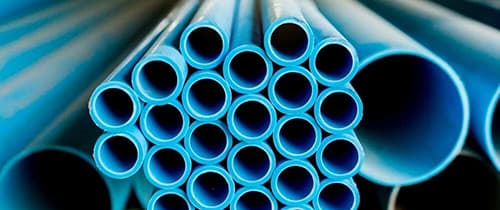
Healthcare and Medical Devices
In the health care sector, pvc uses span serious applications such as IV packaging, tubing, and blood-collection packs. These items rely on flexible polyvinyl chloride for transparency, softness, and chemical resistance for secure fluid management and compatibility with sterilization. Issues regarding plasticizers like DEHP in PVC have prompted regulation and substitute product development. It also exists in medical gloves, but ongoing work is being done on problems with flexibility, chemical contact, and allergenic additives.

Packaging
Uses of PVC in packaging revolve around protection and visibility. Rigid vinyl clear films provide tamper-evident packaging for products in the pharmaceutical industry, and flexible PVC films provide packaging for food products with the advantages of strength, clarity, and economy. Vinyl rigid is used in blister packs and clamshell packs with the roles of product protection and consumer appeal.

Household Products
Its cost-effectiveness, durability, and resistance to water are the reasons why Polyvinyl Chloride is used in everyday products such as raincoats, boots, and shower curtains. Household products utilize the flexibility and minimal maintenance requirements of the polymer.
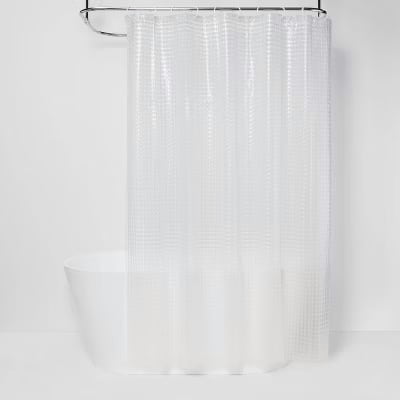
Signage and Graphics
Adhesive-backed film and flat sheeting made of Polyvinyl Chloride offer backing for commercial signage, vehicle signage, and sticker signage. Flexibility of the material and colorfastness ensure long-term visual effects in advertising and branding.
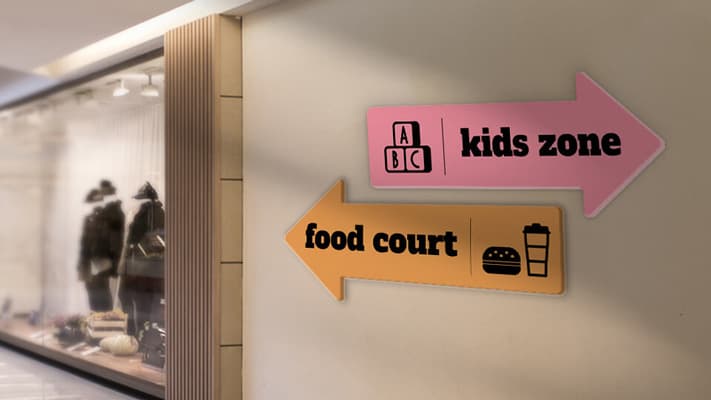
Automotive Industry
In vehicles, it is employed to create interior linings, guardfloor coverings, and coatings on electric cables. Such polyvinyl chloride applications increase car lifespan, appearance, and safety.

Electrical Wiring and Cables
High electrical insulation, thermal stability, and fire resistance of Polyvinyl Chloride are utilized in the insulation of electrical wiring and cables. Such an application utilizes polyvinyl chloride functions that emphasize safety, durability, and ease of installation.

Other Notable Uses
Polyvinyl Chloride’s versatility also extends to phonograph records (“vinyl records”), certain musical instruments, and wire rope coatings, showing an extensive list of special applications.
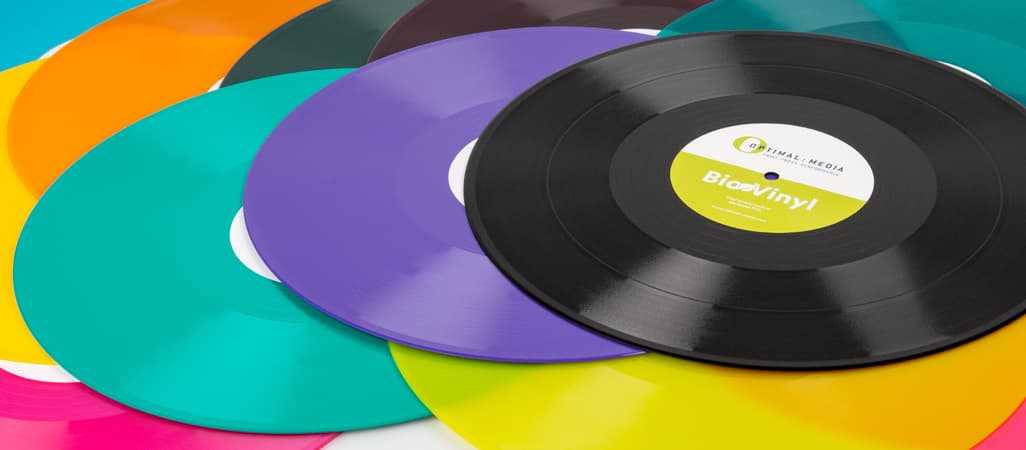
Installation and Maintenance of PVC Piping
Fixing and preservation of polyvinyl chloride pipes must adhere to rigorous protocols for upholding structural integrity, longevity, and adhering to safety standards.
General Practices
Proper PVC Pipe installation begins with compliance with local codes and the manufacturer’s instructions, such as safe working methods. Such standards are necessary since the material is susceptible to poor handling that will compromise the polyvinyl chloride pipe’s strength. Excessive impact or bending, for instance, will create microfractures in the polyvinyl chloride structure.
Joining Methods
The effective joining of polyvinyl chloride pipe depends on the technique that has been adopted:
- Solvent Cement: This process chemically joins PVC surfaces by melting the polyvinyl chloride matrix in the joint interface. Pipe ends must be square cut, beveled, and deburred to ensure full contact. A controlled application of primer and solvent cement and rotation of pipes as they are inserted ensures even cement distribution and prevention of weak joints.
- Threaded Connections: For adjustment and disassembly fittings, threaded connections utilize Teflon® tape or approved thread sealants to create leak-proof seals. Assembly is accomplished carefully to prevent cross-threading or stripping the pipe threads.
- Gasket-sealed Joints: Applied on larger diameter PVC Pipe systems, these joints produce flexible connections that are flexible enough to trace minor movements and vibrations without impacting the seal.
Support and Movement
Due to the thermal expansion characteristic of Polyvinyl Chloride, allowance for expansion and contraction must be made in the piping system. Plastic-specific hangers prevent deformation and stress concentration in special-purpose supports for plastic pipes. Physical protection against nails, screws, or abrasive rubbing is required to maintain the longevity of the PVC Pipe.
Testing Procedures
Once installed, testing follows the manufacturer’s requirements in terms of cure times to ensure maximum strength attainment in solvent welds. Freeze protection methods, such as the usage of glycerin and water solutions, prevent damage risk when subjected to cold temperatures, ensuring the polyvinyl chloride pipe performs.
Long-Term Performance
Detailed case histories validate the reliability of PVC DWV (drain, waste, and vent) systems, with over 20-year service lives. Polyvinyl chloride pipe’s corrosion resistance is a main cause for its long-term, trouble-free performance in diverse conditions, in contrast to metal pipe, which can rust and corrode.
Mechanical Cleaning Compatibility
Unlike metal pipes that can corrode and burst under mechanical cleaning, Schedule 40 PVC DWV pipe and PVC sewer pipe resist the forces of tools such as sewer snakes. Their strength reduces maintenance costs and increases time between services.
Health and Safety Considerations
Polyvinyl Chloride poses many health and safety concerns primarily due to its chemical components and their dynamics. Plasticizers, and more specifically phthalates, are used to render PVC flexible, but since they are not chemically bonded to the polymer matrix, they leach over time. Leaching is of concern with the potential for health effects, particularly from low-molecular-weight phthalates like DEHP, which have been shown to yield adverse health effects. Consequently, legislation and voluntary industry agreements have led to bans or phase-outs of certain phthalates in medical devices and children’s products. In addition, lead stabilizers, once widespread in the production of polyvinyl chloride to improve durability and processability, have been largely phased out in Europe due to concerns over lead contamination, notably leaching into drinking water. The vinyl chloride monomer (VCM), the raw chemical used to make it, is a proven carcinogen that has been linked to high cancer risks for workers in the polyvinyl chloride industry, leading to stringent regulatory limits on workplace exposure and emissions.
One other critical health and safety concern related to Polyvinyl Chloride is its fire performance. PVC produces hydrogen chloride (HCl) and carbon dioxide upon burning, and the chlorine content at some points helps in inhibiting fire spread. The concern here is the production of dioxins -extremely toxic compounds. Despite differing research on the precise contribution of polyvinyl chloride to dioxin generation, it is considered a source of chlorine that can add to dioxin emissions when landfills, fires, and incineration burn. The factors that influence dioxin formation include combustion temperature and oxygen levels. Apart from these risks, newer vinyl items can also emit trace amounts of volatile organic compounds (VOCs), but these typically evaporate very quickly with normal ventilation and are in low VOC specifications. More significantly, most polyvinyl chloride items are eligible for such safety certifications as NSF International’s approval for use with drinking water pipes and FDA clearance for medical and food-contact uses, as long as they are properly made and used.
Sustainability and Environmental Impact
Polyvinyl Chloride boasts favorable sustainability features that align with green building initiatives due to its long lifespan and relatively low environmental footprint. Properly installed polyvinyl chloride systems – such as piping and cladding – boast higher durability and corrosion-resistant qualities, which are likely to outlast equivalent metal equivalents. Its extended service life reduces material usage and replacement rates, thus saving resources. Additionally, its raw material base is unique in that it derives roughly 60% of its feedstock from industrial salt rather than petroleum, which cuts its dependence on fossil fuels by a significant margin and lowers its greenhouse gas emissions during manufacture, based on comprehensive life-cycle analyses.
Recycling is an intrinsic approach to promoting the environmental profile of Polyvinyl Chloride. Manufacturing scrap and post-consumer PVC are also being increasingly fed into mechanical recycling and new solvent-based separation technologies like Vinyloop, which enable the recovery of high-purity recycled polyvinyl chloride at significantly lower primary energy requirements and environmental impact. Industry initiatives such as Vinyl 2010 and VinylPlus across Europe are first-rate instances of concerted action to increase recycling levels, with the demand for recovered PVC often exceeding supply. But issues remain: thermal degradation via repeated recycling can compromise polymer strength, while chlorine content requires particular precaution to prevent release of hydrochloric acid and dioxin in pathological situations. Nevertheless, ongoing technology development for recycling and policy regulations continues to improve the sustainability performance of what is pvc used for modern uses.
Conclusion
